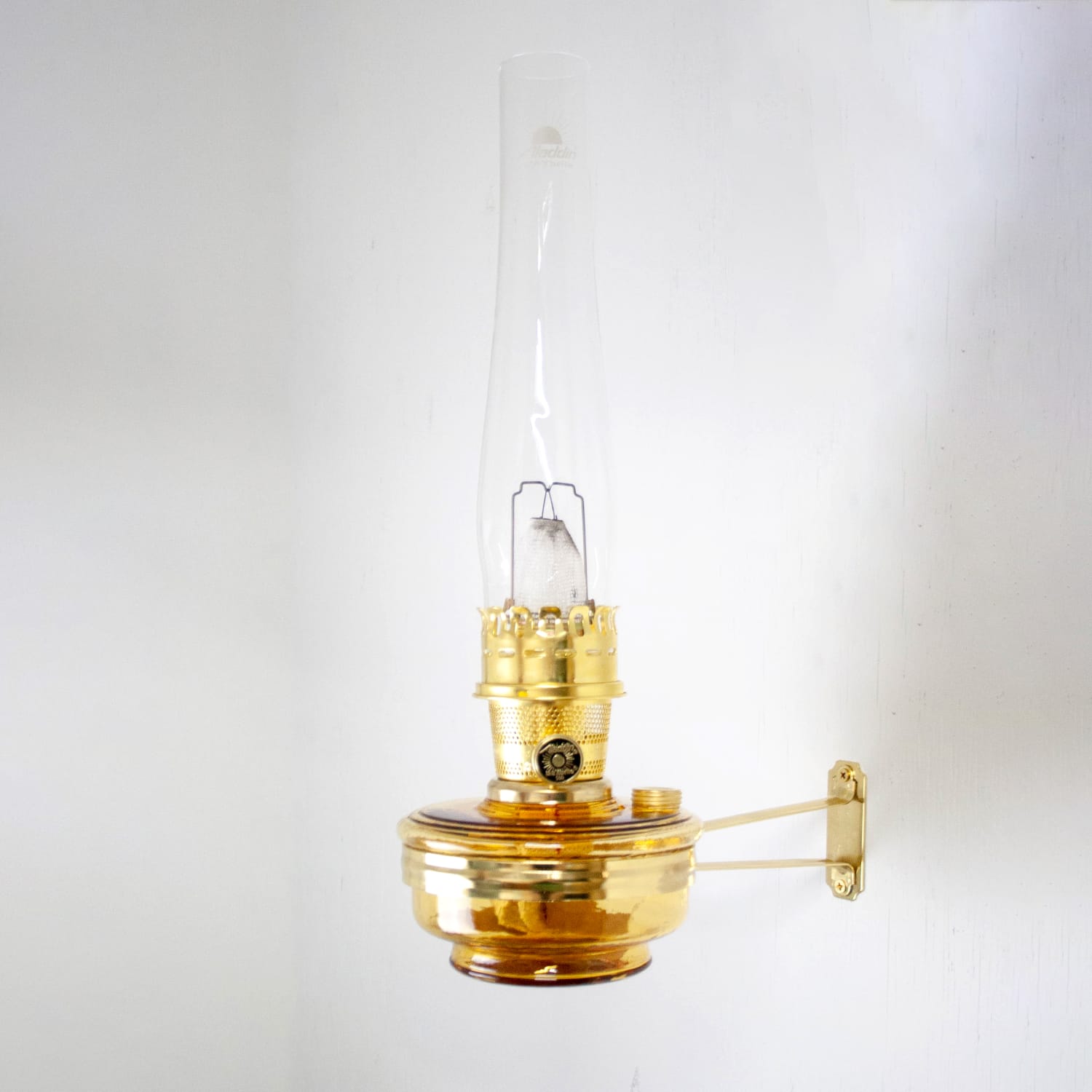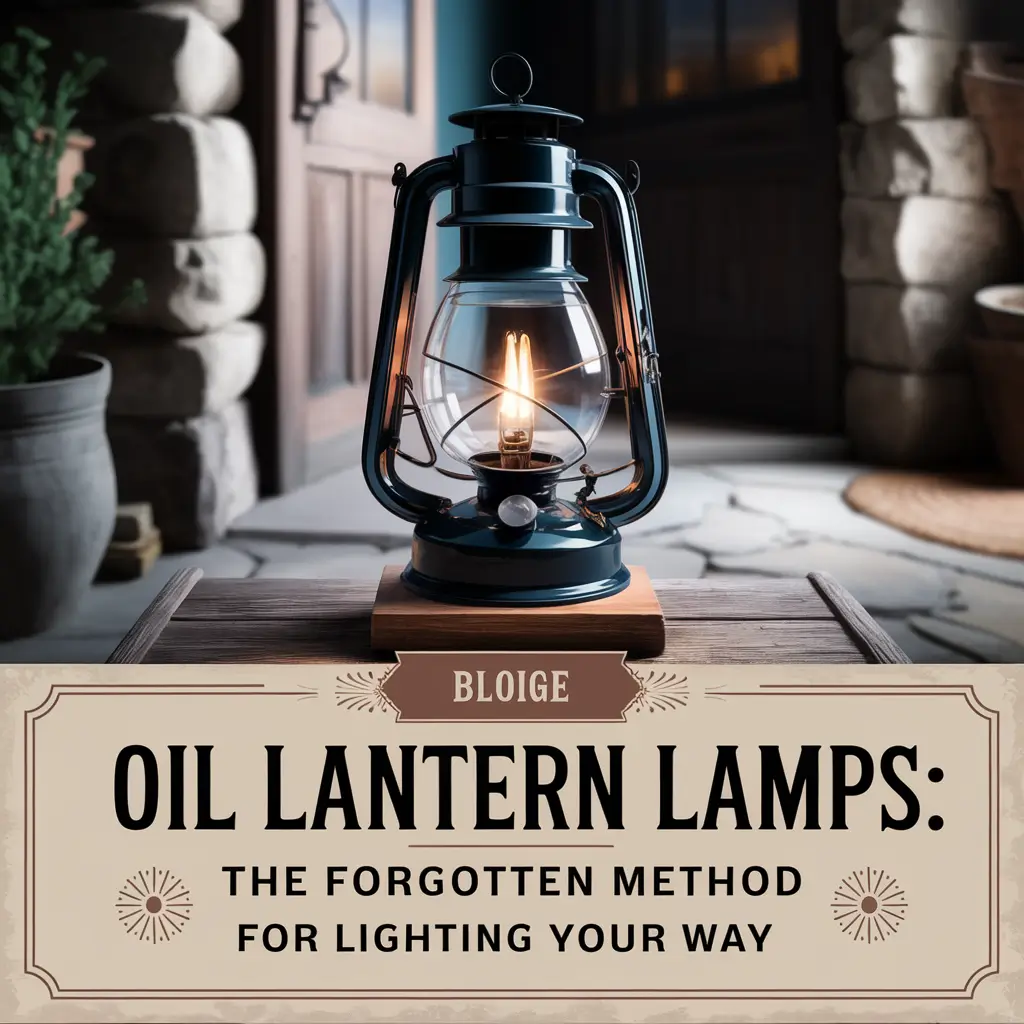Here’s the truth about oil lanterns that nobody’s talking about: They’re not just antique decorations collecting dust on your grandmother’s shelf.
They’re practical tools that can save your ass when the power goes out, create ambiance that’ll make your home feel like a million bucks, and last for generations if you know what you’re doing.
I’m going to break down everything you need to know about oil lanterns. No fluff. No BS. Just pure value that’ll save you time, money, and headaches.
Table of Contents
The Real Deal About Oil Lantern Types

Let’s cut through the noise. There are five types of oil lanterns that matter:
- Antique oil lanterns – These are the OGs. Made before 1960. Built like tanks. If you find one in good condition, grab it. They’re appreciate in value and actually work better than most modern ones.
- Kerosene lanterns – Your workhorse. These are what you want for emergencies. They’ll burn for 8-12 hours on a single fill and put out enough light to illuminate a room.
- Camping oil lamps – Lightweight, portable, but here’s the catch – they sacrifice durability for portability. Good for occasional use, not your primary light source.
- Decorative oil lamps – Let’s be real. These are for looks. They work, but they’re not built for serious use. Think of them as the Instagram models of the oil lamp world – pretty to look at, not great for actual work.
- Wall-mounted oil lamps – The secret functional decoration nobody talks about. They save space, provide directed light, and can’t be knocked over. Massive win for practical use.
The Million-Dollar Decision: How to Choose Your Lantern
Here’s the framework I use when evaluating oil lanterns (and I’ve looked at thousands):
- Material matters more than looks. Brass and copper are your best friends. They don’t rust, they age beautifully, and they’ll outlast you.
- Size correlates directly with burn time. Bigger fuel reservoir = longer burn time. But there’s a sweet spot. Anything over 20 oz becomes impractical to move around.
- Wick quality determines everything. A cheap wick in an expensive lantern is like putting regular gas in a Ferrari. Don’t do it.
The Truth About Fuel (That Companies Don’t Want You to Know)
Everyone’s asking: “What’s the best oil for lanterns?”
Here’s the real answer: It depends on your use case. But here’s what nobody tells you:
- Kerosene is the gold standard. Period. It’s safe, readily available, and burns clean.
- Lamp oil is just overpriced, purified kerosene. Save your money.
- Vegetable oil CAN work, but it’s like using a Honda Civic engine in a race car. It’ll run, but why would you?
Maintenance: The 80/20 Rule of Lantern Care
80% of lantern problems come from 20% of maintenance mistakes. Here’s what actually matters:
- Clean the globe monthly with vinegar and water. That’s it. No fancy cleaners needed.
- Trim the wick every 4-6 burns. Straight across. No angles.
- Store fuel in a cool, dark place. Light and heat are your enemies.
Everything else is just noise.
The Emergency Protocol: Using Lanterns When SHTF
Listen up, because this is the part that could literally save your life:
- Keep three lanterns minimum: One for general use, one for backup, one for emergency backup.
- Store 1 gallon of fuel per lantern. That’s roughly 2 months of regular evening use.
- INDOOR SAFETY (PAY ATTENTION):
- Keep 3 feet from anything flammable
- Never leave unattended
- Always have ventilation
- CO detectors are non-negotiable
The ROI of Quality
Here’s the math that nobody does:
A quality antique lantern costs $100-200. It’ll last 50+ years with proper care.
A cheap modern lantern costs $30-50. You’ll replace it every 5-10 years.
Over 50 years:
- Quality lantern: $200 initial + $100 maintenance = $300
- Cheap lantern: $50 × 5 replacements + $250 maintenance = $500
The quality lantern isn’t more expensive. It’s an investment that pays for itself.
The Advanced Game: Flipping Antique Lanterns
Let’s talk about the opportunity nobody’s discussing: flipping antique lanterns for profit. Here’s the system I’ve seen work repeatedly:
- Target Estate Sales
- Show up early
- Look for tarnished brass and copper (everyone else ignores these)
- Check for maker’s marks (Dietz, Miller, Aladdin are gold)
- The Price Formula
- Multiply potential restored value by 0.3
- Subtract restoration costs
- That’s your maximum buy price
- Restoration Priorities
- Clean, don’t polish (patina = profit)
- Replace wicks and seals
- Document everything (provenance doubles value)
The math: Buy for $50, invest $30 in restoration, sell for $300. That’s a 275% ROI.
The Underground Market Nobody Talks About
There’s a whole secondary market for rare lantern parts. Here’s what’s actually valuable:
- Original globes (especially colored or etched)
- Brass burners from pre-1900
- Patent-marked fuel tanks
- Original wicks (yes, even used ones)
The secret? Build relationships with restorers. They’ll pay premium for authentic parts.
Advanced Usage Techniques
Let’s go deeper than the basic stuff everyone knows:
- The Double-Wick Hack
- Two thin wicks > one thick wick
- More even burn
- Better light distribution
- 30% less fuel consumption
- The Reflector System
- Position mirrors strategically
- Multiply light output by 3x
- Zero additional fuel cost
- Cold Weather Operation
- Pre-warm fuel = cleaner burn
- Add 5% isopropyl alcohol in sub-zero temps
- Keep spare wicks dry and sealed
The Insurance Play
Here’s something your insurance agent won’t tell you: Antique lanterns can be specifically scheduled on your homeowner’s policy. Why does this matter?
- Documented value protection
- Coverage during transport
- Appreciation coverage
- Zero deductible claims
The cost? About $1-2 per $100 of value annually. It’s a no-brainer for serious collectors.
The Bottom Line
Oil lanterns aren’t just about light. They’re about independence, preparedness, and making smart long-term decisions.
The people who succeed with oil lanterns aren’t the ones who buy the prettiest or the cheapest – they’re the ones who understand these principles and apply them consistently.
Don’t overcomplicate this. Get a quality lantern, maintain it properly, and it’ll serve you and your family for generations. That’s not just good lighting – that’s good business.
Remember: The best time to buy a lantern was 20 years ago. The second best time is now. Don’t wait until you need one to get one.
Take action. Make it happen. No excuses.
That’s everything you need to know about oil lanterns, distilled into the essentials. If you found this valuable, share it with someone who needs to hear it. Knowledge without action is worthless. Now go put this information to use.



